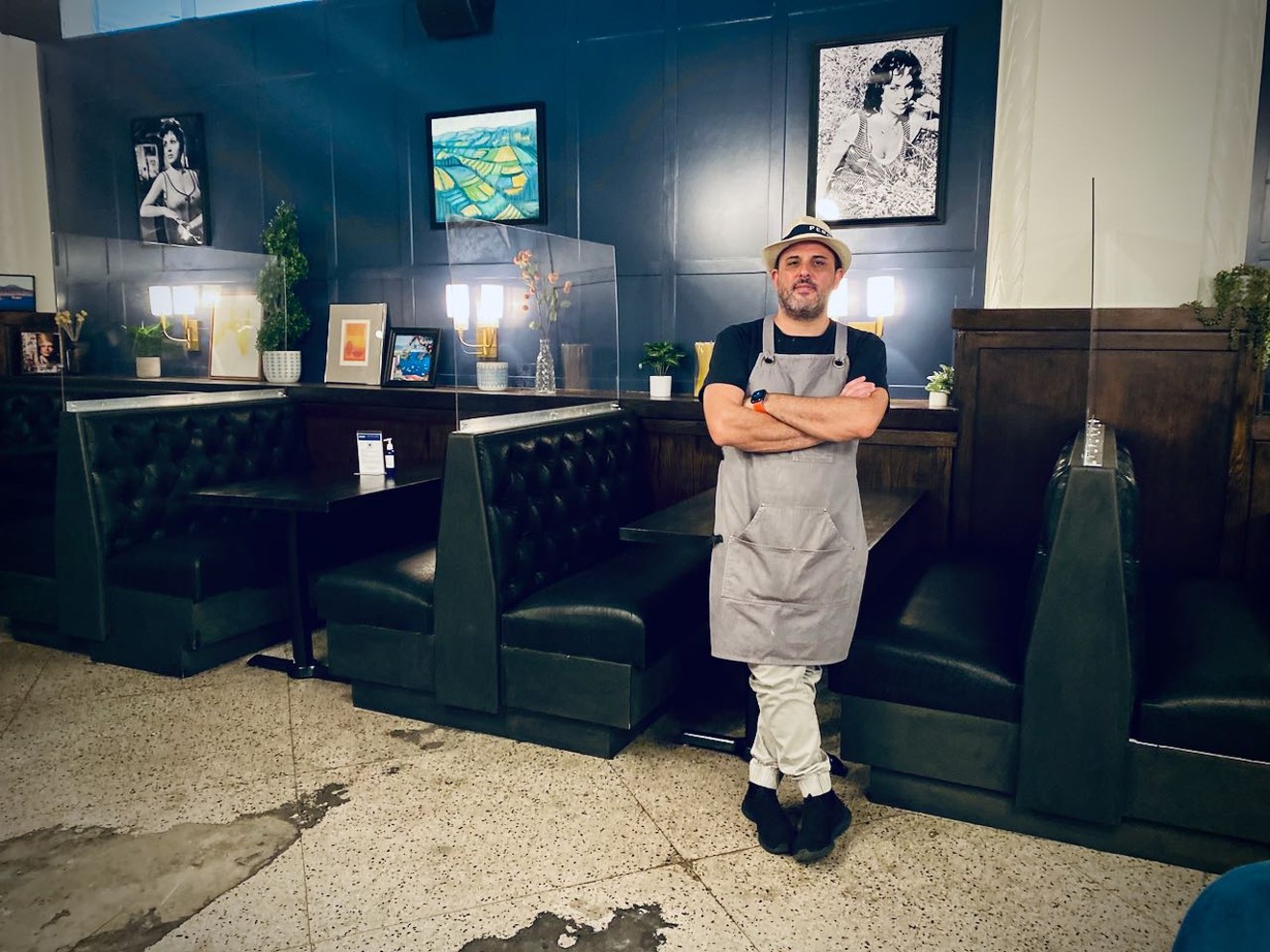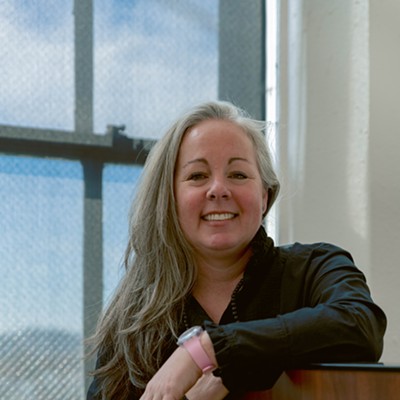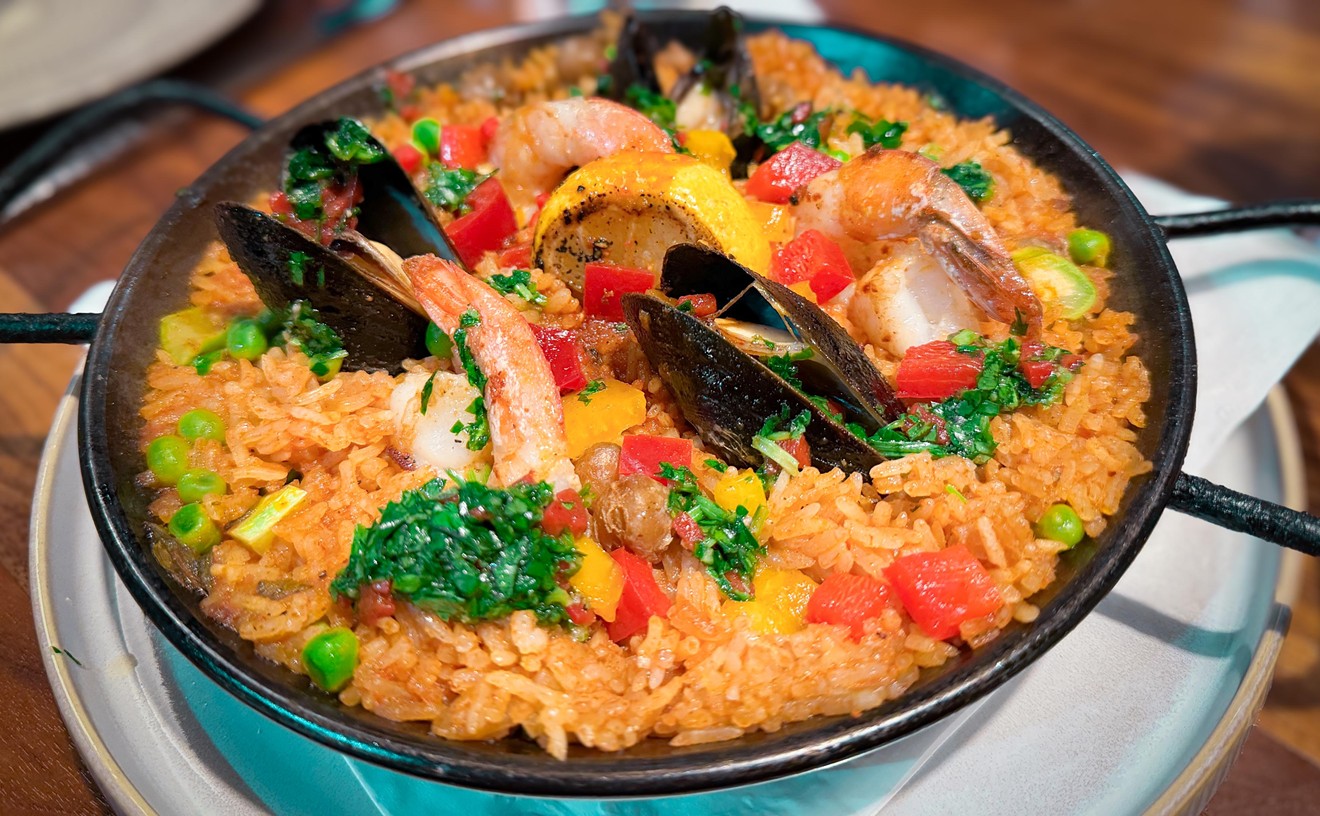The recipe I followed was written in narrative form; it was a story, not a recipe. The details on how to butter and sugar every crevice of the bundt pan caught my attention. Rather than extract, it advised, “Beat in 2 teaspoons vanilla extract, or a tablespoon bourbon or brandy, or ½ teaspoon almond extract. Or go crazy and add all three.”
Honestly, it was simple stuff, steps that are often spelled out below a list of ingredients. But for some reason the story format made it … different. I felt like I was in author Melissa Clark’s kitchen.
Surprisingly though, the comment section told a different story:
John Golden
Portland Maine Aug. 12
'This stye [sic] of recipe writing in paragraph form was common 2 centuries ago. Now it’s pretentiously folksy and has few if any advantages. Give me the list and numbered paragraphs especially for a cake that has many ingredients and steps.”
Emmy Lou
Breuklyn, Aug. 12
Having laid out 2 Julia Child cookbooks in my lifetime, among many other design projects, I would say this recipe may or may not be great, but as produced, I will not try it. One of Ms. Child's goals was to make "fancy" cooking accessible. If you are an excellent cook, you may not miss any of the steps Ms. Clark has specified here in her prose recipe, but, if you are like me, a rank amateur, you don't know what to anticipate and may easily miss something. I'd end up with an inedible purple lump. There's a reason for the time-tested ingredients list-plus-steps approach, even if the intention here is to make cooking seem like hanging out with Ms. Clark in her kitchen.”
Judy
Seattle, Aug. 9
Dear Ms. Clark, I truly am put off from reading your current recipes in their narrative form. Please do it the old way. It makes it a lot easier for us cooks. List all the ingredients first so that we can see what ingredients we need. Then provide the instructions.
Pretentious, dated, an inedible lump and put off.
Well, goodness. It was clear a lot of readers wanted just the list, not suggestions or nuanced advice.
The next day while working at my desk, a house-bound teenager asked me if she could bake something. I didn’t even look at her. I passed the printed-off article back to her like students passing papers in class and gave her simple instructions, “Just read it.”
It was the best cake ever baked in this house. The crunchy, sweet crust over the airy cake was perfect. The allotment of berries was art. The entire cake even came right out of the pan! Not a single speck stuck to any crevice. I inspected it with awe. Wow. And all from a punk teenage kid.
So, it made me realize the importance behind the narrative of a recipe, despite what Judy, Emmy Lou and John think. And I’ll even go out on a limb and say Julia Child would probably agree with me.
I wanted more recipes like this. More of the history and meaning behind the ingredients.
For most chefs, cooking is obviously more than a means to an end, rather a story about who they are, where they're from, their people and life’s many transitions. Here three Dallas chefs and restauranteurs share their stories behind their recipes.
Franchesca Nor
Founder and owner, DIVE Coastal Cuisine
Every dish I have here at DIVE comes from my childhood and from my own memories. I am not a recipe person. It took me four years to write the recipes here. I would come in every day and do the sauces to my taste. I would use my intuition. It’s really hard for me to put my taste profile on paper. Everything I do is a feeling.

Nor's grandmother, Winnifred Humphrey, the story behind many of the dishes found at DIVE
Courtesy of Franchesca Nor
My favorite story is our hearts of palm salad. It’s from my grandmother, Winifred Humphrey. She used to make it for every holiday. It’s a grapefruit-avocado-lemon dressing salad. I basically took it and added some of my Latin flare and put the hearts of palm on top.
That is a nostalgic dish for me. It’s interesting when you have something you know you love and you have a memory with it – it’s our No. 1 seller. I don’t think that’s a coincidence. I feel like my grandmother is orchestrating above me all the time. And I have a platform to express myself, and I've created a family with my staff.

Nikki Phinyawatana filming a cooking show at her restaurant, Asian Mint
Courtesy of Nikki Phinyawatana
Nikki Phinyawatana
Founder and owner, Asian Mint
“Growing up in Bangkok, I was always in the kitchen. My true comfort food is Thai food. Asian noodle salad is the dish I literally grew up eating.
My nanny introduced it to me. Both of my parents worked, and so I’d go to the market with her once or twice a week. I got to see all the grandmas selling cilantro and basil and mint, and then the chicken lady and the pork lady and the noodle person. This fresh market where all your senses are heightened.
My mom is from Texas; my dad is from Thailand. They met in Dallas, then moved to Thailand when I was 1, and we lived there for 16 years. I never learned to speak English so my mom sent me to the U.S. to boarding school to learn English. Then, they moved here when I was finishing my senior year of high school.
When I first came to school here, the one thing I missed so much was noodle salad. So, I had to figure out how to make it simple enough and how to find all the ingredients at a Tom Thumb because there was one right around the corner. I would bring the noodles and fish sauce from Thailand, but everything else I could find here, the herbs, and I used ground turkey instead of ground pork.
I literally got everyone in my dorm stuck on it. And even my grandmother in East Texas — I made it for her all the time — she craves my noodle salad.
There could be 10 to 20 different versions of noodle salad. It depends on who taught you how to make it, where you’re from, what ingredients you have. The one that I normally make is just plain, simple: fresh lime juice, fish sauce, a little bit of sugar and Thai fresh chilis.
Pumpkin custard is another dish. It's a very old, traditional dessert. I first had it in Thailand in the market. When they serve it there, they slice it so you see the custard, and the whole thing is edible, even the skin. It's not overly sweet. It’s beautiful. It took me a lot of different YouTube videos to get it perfect.
It’s a kabocha pumpkin, and you have to cut it in a way that you still keep the shape. Take all the seeds out, clean it up, rinse it and let it dry. Then you’re making the custard mixture separately. And after you put it all together, it has to rest. Then, you have to get your steamer ready. And then literally monitor it every 15 minutes. We only do it in November, as a special.
It has maybe five ingredients, but the process to make sure the kabocha squash doesn’t crack, pop open, the custard is going to be at the right consistency, the heat, the steam, resting it properly. I have the hardest time writing out the instructions for that recipe.
Dino Santonicola
Owner and chef, Partenope Ristorante
“I think every recipe is a story. Let’s just say I give you a recipe and you make the dish. It would never be what I wanted you to make, what I wanted to share with you.
For instance, if I say to slice the tomato in half, put them in a pan and cook for three minutes, and you look at the clock (pause) …
But most of the time, I look at the tomato, I hear the tomato, I see it. I see the tomato is shrinking, it’s turning brown, the water is coming out. Every recipe, you can read and interpret it many different ways, but if I want you to try to make a dish my grandma used to make, it’s completely different.
So, when you try a dish, you’ve actually got to feel what I want you to feel when you eat it. That's what we’re trying to do here. Not just cook and make it. You can do that, but then what? I think every recipe cannot really be shared. A recipe is just a generic way to make things. But it’ll never be exactly what you want.
Dishes might remind you of when you were young. So, when I cook something for you, I want to remind you of your childhood. If you’ve been somewhere and you had a dish, I want this dish to take you back there. To taste exact. I’ve got people who drive here from Frisco because they’ve been to Naples, and they had a dish there and say, ‘This is exactly what it tasted like in Naples.’ That’s the best compliment. I always try to share the way to do it, not just the recipe.
If I make you a pizza, it’s Naples on a plate.














